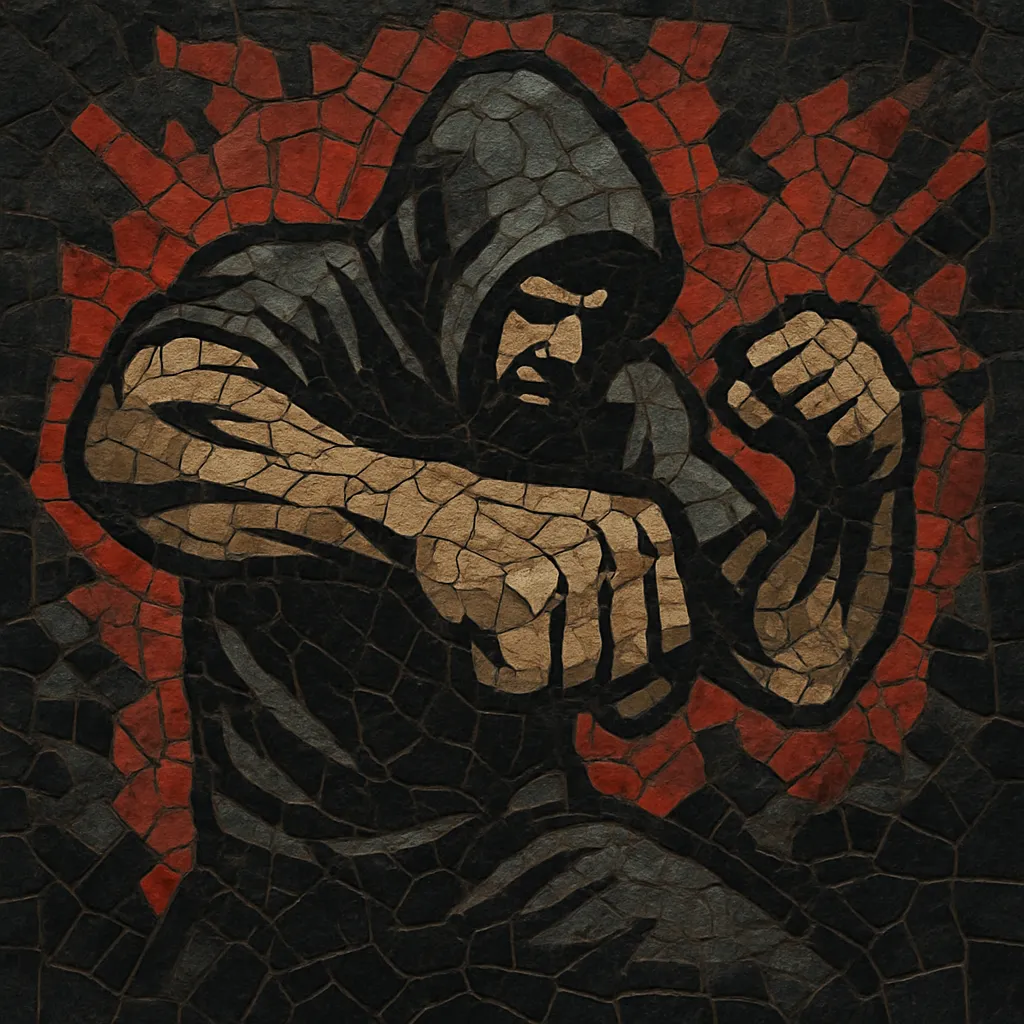
Beatdown hardcore is a heavy, mosh-centric offshoot of hardcore that slows the tempo, downtunes the guitars, and builds songs around punishing, syncopated breakdowns. It emphasizes percussive, palm‑muted riffs, stop‑start rhythms, tom-and-china drum accents, and blunt, shouted vocals designed to provoke crowd movement.
Aesthetically, it draws from the grit and street-realism of 1990s East Coast hardcore while borrowing the low-end weight and groove of metal. Call-and-response gang vocals, simple but memorable “mosh call” lines, and two-step sections are common. The overall effect is blunt-force impact and tension-and-release, engineered for live pit energy rather than technical flash.
Beatdown hardcore emerged from the New York/New Jersey hardcore circuit in the early to mid 1990s. Bands began stretching hardcore’s breakdowns into slower, heavier, and more groove-driven sections, prioritizing impact over speed. This approach reflected both the toughness of NYHC culture and the influence of metal’s low-end punch. The term “beatdown” became shorthand for this ultra-heavy, stomp-oriented take on hardcore.
Pioneering groups in and around the NY/NJ area set the template with down-tuned guitars, halftime drumming, and direct, street-level lyrics. Shows were built around crowd participation—chants, callouts, and carefully timed breakdowns designed to ignite the floor.
By the late 1990s and 2000s, the sound had solidified on U.S. coasts and in the Midwest. Independent labels, local crews, and DIY venues helped codify the style’s aesthetics: short songs, crushing grooves, and mosh‑friendly structures. While metalcore was rising in parallel, beatdown stayed closer to hardcore’s rawness, using metal primarily for weight and riff shape rather than complex harmony or virtuosity.
European bands embraced the format in the late 2000s and 2010s, especially in the UK, Belgium, France, and Germany. Tours, festivals, and labels (notably BDHW/Beatdown Hardwear) connected regional scenes. The style absorbed elements from death metal and modern production, yielding an even lower tuning palette and more spacious, staccato breakdown writing.
Beatdown hardcore’s DNA runs through modern heavy hardcore and the downtempo wing of deathcore. Its emphasis on call-and-response, negative space, and groove-centric riffing remains influential, especially in live settings where breakdown architecture and “mosh logic” continue to define audience experience.

